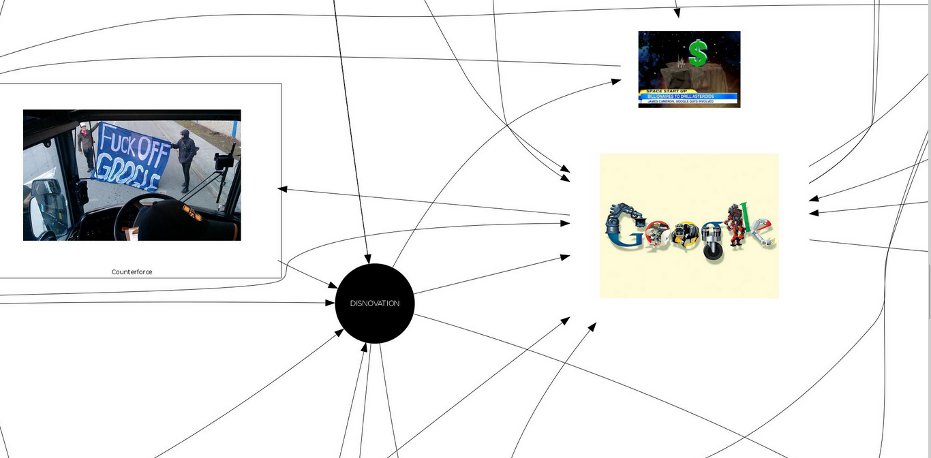Lockheed Martin is applying research to areas like the electronic nose in order to “sniff” a fingerprint and detect things like body odor, drugs or explosives that can be associated with the fingerprint. In addition, an imaging system can visualize latent prints on multiple surfaces in real time, without altering or touching the prints. This preserves any scents or DNA on the print and adds to the useful evidence.
RT @julian0liver: IKEA’s flat pack shelters dominate the growing refugee market
Better Shelter is a piece of extreme engineering. It's not so much a shelter as a precisely-designed package. It arrives in two cardboard boxes—not unlike your bookshelf or bed!—with all the tools needed to assemble it. Each box can be lifted by four people, and assembled by the same team in no more than eight hours. The group says that the package even contains an image-based user manual.
RT @BanKillerRobots: We disagree with so much of @jeangene_vilmer’s write-up for @EIAJournal we don’t know where to start:
Lethal Autonomous Weapon Systems (LAWS), often called “killer robots,” are theoretically able to target and fire with neither human supervision nor interference. Their development corresponds to a widespread and inevitable trend of military robotization.
RT @TheCoalitionSF: Tech shuttle stopped by coalition
RT @TheCoalitionSF: Tech shuttle stopped by coalition
RT @SwiftOnSecurity: ATTENTION CITIZENSDO NOT BE ALARMED
RT @SwiftOnSecurity: ATTENTION CITIZENS DO NOT BE ALARMED
RT @gibus: Y a pas de juge assez idiotPour flinguer tout un pan de droitsLaissant décider des robotsÀ part bien sûr @ChTaubira
RT @gibus: Y a pas de juge assez idiot Pour flinguer tout un pan de droits Laissant décider des robots À part bien sûr @ChTaubira
How Real-Life AI Rivals ’Terminator’: Robots Take the Shot
Artificial Intelligence will rule Hollywood (intelligently) in 2015, with a slew of both iconic and new robots hitting the screen. From the Turing-bashing "Ex Machina" to old friends R2-D2 and C-3PO, and new enemies like the Avengers' Ultron, sentient robots will demonstrate a number of human and superhuman traits on-screen. But real-life robots may be just as thrilling. In this five-part series Live Science looks at these made-for-the-movies advances in machine intelligence.
Terminator-inspired 3D printer ’grows’ objects
Carbon3D said its "game-changing" process could make objects such as car parts, medical devices or shoes. The technique was inspired by the film Terminator 2, in which the T-1000 robot rises from a pool of metallic liquid.
« Etat islamique Inc. »
Qu’aurait été Oussama Ben Laden sans la CIA ? L’Occident a pour allié le plus constant dans cette région du monde le régime saoudien, le régime fondamentaliste le plus brutal de la planète, et toute lutte contre un djihadisme soutenu par Riyad évoque l’apprenti sorcier qui ne maîtrise plus les forces qu’il a déchainées.
